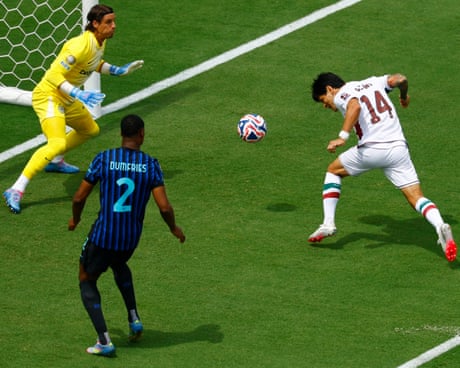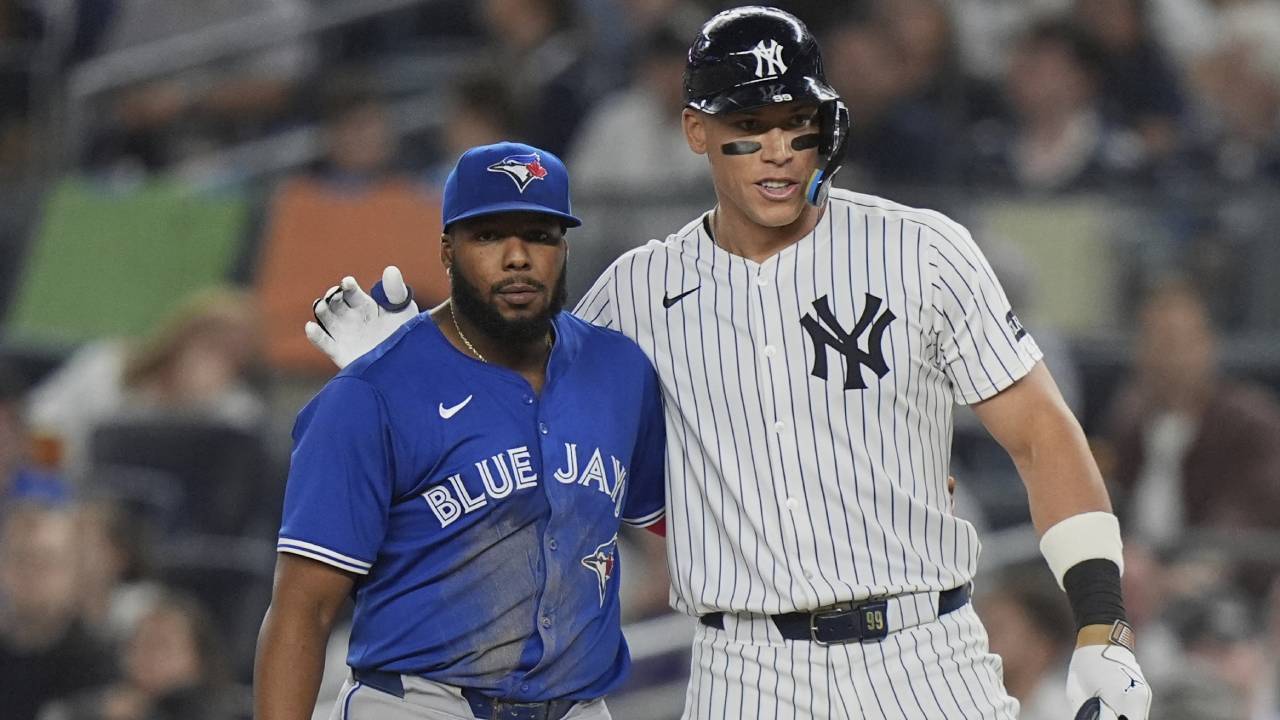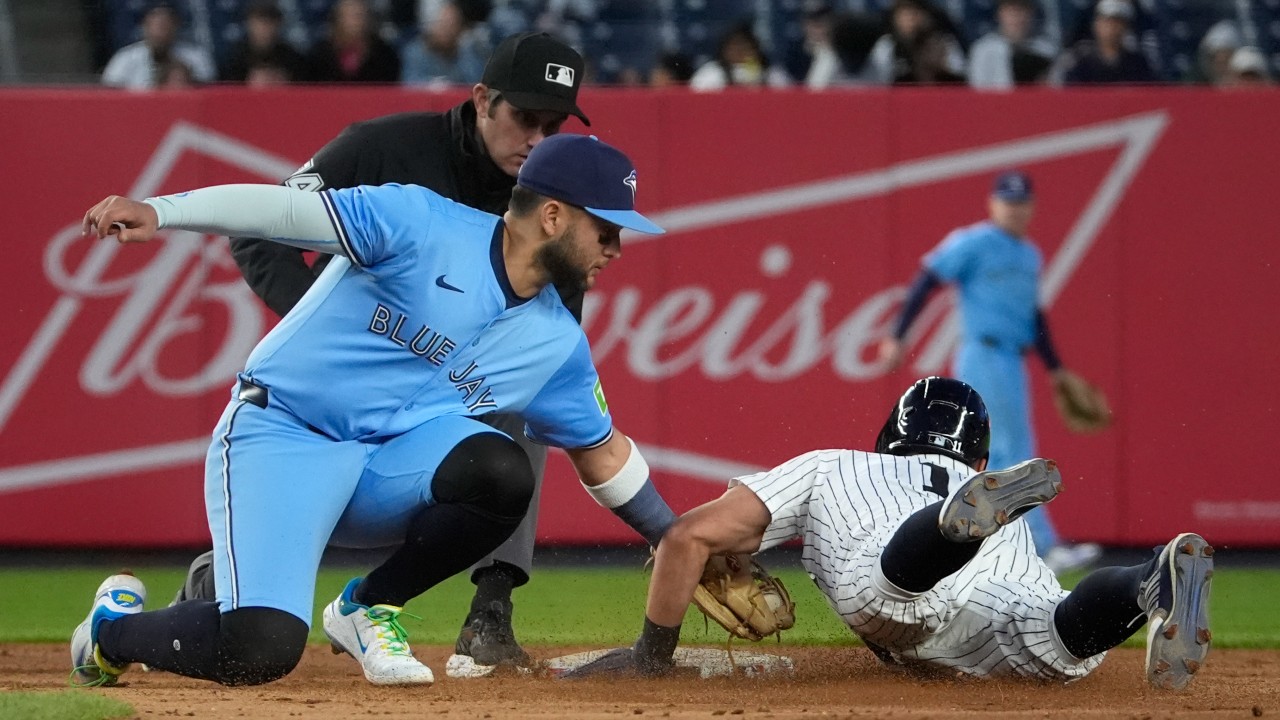
Each week, Justin Bourne’s column will cover three different topics in varying depths. Think of it as a three-course meal with an appetizer, main course, and dessert…
APPETIZER: Brendan Leipsic and the direction of hockey culture
Because it’s been justifiable for so long, hockey observers have developed the tendency to come across reprehensible comments like the ones made by Brendan Leipsic, then assign the majority of the blame to hockey culture as a whole.
Certainly, what’s acceptable in dressing rooms still has a long way to go to catch up with what’s acceptable in society in general, which, depending how you feel about society in general, might be a bit of a grim assessment. But I think assigning blame to the game’s culture strips individual incidents of their nuance, doesn’t offer much in the way of instruction or improvement, and even provides cover for moments that don’t seem deserving of any.
A relevant note here is that I was on staff with the Toronto Marlies for almost all of Leipsic’s time there, so this is especially disappointing as he was nothing but a great kid and teammate over that time. I held him in high regard. He had a reputation as an on-ice rat and a trash talker who’d say pretty much anything, so the comments weren’t entirely shocking, but the garbage he spewed in those chats — private or otherwise — are worthy of what I’m expecting to be life-altering consequences. Sometimes you have to learn hard lessons, and while I do believe he’s capable of learning and improving, this doesn’t feel like a scenario that calls for half-measures from the Capitals.
I say that because again, when we take incidents like this and say, “Well, that’s hockey culture” (which I’ve seen on Twitter and in comments sections), it serves to excuse them. I also just don’t think that’s what the whole of hockey culture looks like today. Those comments exist on the outside of normal.
What I do know is that what’s deemed acceptable in dressing rooms has changed for the better over the past 10 years from when I stopped playing, and in leaps and bounds. What I saw over those two seasons in the Marlies room, what I hear from hockey guys speaking in private conversations, and what I see from players speaking out publicly today have all driven me to the conclusion that “hockey culture” isn’t as stuck in the past as it’s often made out to be. Stuck in the mud, maybe, as it’s been slow to get the big machine moving and improving, but part of the reason the Leipsic comments did snap my head back a bit is because language like that has become so much less acceptable.
To keep things moving in that direction, we need to treat each incident in isolation, and not just lazily point at the culture and say, “Well, it’s gross, but that’s how hockey players talk.” Because it isn’t, it shouldn’t be, and it can’t be if we truly want to believe the mantra “hockey is for everyone.”
[radioclip id=4901927]MAIN COURSE: The future of sanitization in pro hockey
I have this image in my mind that’s not from any particular arena or day in my hockey career, I don’t think, but is an amalgamation of all the Sick Seasons I’ve seen throughout my hockey life. There’s a player in a long dark dress coat, sitting on the travelling case of a skate sharpener outside the painted cinderblock walls that make up the dressing rooms of a hundred cold rinks across North America. He’s got a paper cup of bad rink coffee in hand, and he’s head down, lifeless, without the effort to push the long hair from his face. It smells like popcorn and dread.
Dread, because he’s sick, and he’s gotta muster the energy to play a hockey game in two hours.
Sick season comes for almost every hockey team every year, at some point. It’s been seen as an inevitability. A hockey team is made up of somewhere in the range of 30 people who are in and out of numerous public spaces – airports, arenas, hotels – and share close quarters with one another.
Most waves of illness tend to arrive in January and February, when the wear of the season and the interrupted sleep that comes with it has weakened immune systems, and the summer sun is a long-forgotten memory. Teams do their best to leave the infected home, to give players time to sleep it off, but it’s professional hockey, goddammit. You play when you can play — that’s the expectation.
You get maybe two days — three if it’s bad. Nobody says that, of course, but you and I both know the expectation is there – you better be in the lineup if your worst symptoms are extra phlegm and general achiness.
From there the spread is inevitable. The bench is a germaphobe’s dystopian nightmare, with shared bottles and towels, a steady mist of spit and the type of nose blowing that involves a single nostril pinch and indiscriminate aim. The dressing room, the bus, the buffet meals…. Honestly, most seasons, teams would probably be best off letting the sick player cough in everyone’s mouth, take a couple L’s while dressing the AHL team, then get back to it in a week.
I’ve been thinking about all this, of course, when considering the dangers of COVID-19 and what a world with hockey back is going to look like. My questions are two-fold, and they aren’t about the coming months, in which we’re going to have to go through extraordinary circumstances to make hockey happen if it’s going to happen at all. The coming months are a whole different kettle of fish.
My questions are: What will hockey look like after all this, with the shared heightened awareness of handwashing, contagion, and ways to stay healthy? I wonder that, because this has all made me wonder about the other question: If any team in the past had taken far more stringent efforts to increase team handwashing and distancing, could they have won more hockey games by staying healthier?
Could a team’s win/loss record have been improved by having individual hotel rooms on the road? I’m almost certain it could have kept teams healthier and thereby helped them, so will this become the norm at the highest levels? If every player had already been using hand sanitizer (or doing a proper handwash) before entering and exiting the dressing room, would teams have been better off? Almost certainly. So will they do it now? (I’m guessing yes!)
I suddenly feel like I’m writing from the past, from a time when it wasn’t the norm to have your team enforce strict handwashing and general cleanliness measures. (I say “enforce,” because of course medical staffs in the past told guys to wash their hands, but I’m talking about implementing a real program that would come with fines for not abiding.) Because COVID aside, a team would greatly benefit from mitigating the sharing of any and all “inevitable” in-season colds and flus. It suddenly seems crazy it hadn’t been happening already.
DESSERT: A monkey on a motorcycle
We may not have sports right now, but dammit we can still dissect some video. Today’s dessert portion of the article is brought to you by Rex Chapman, and the video titled “Monkey on Motorcycle.” It would rival The Simpsons’ famed “Football in the Groin” video at any film festival. It includes, in no particular order: a monkey and a motorcycle. It’s very important that you see it.
Enjoy (the child was OK, which should help the whole enjoyment thing):
Can’t remember the last time I saw a monkey ride-up on a motorcycle and try to steal a toddler. It’s been ages…pic.twitter.com/PBRntxBnxw
— Rex Chapman (@RexChapman) May 4, 2020
JD Bunkis, Ben Ennis and I broke down the video on Good Show here:
[radioclip id=4901919]Our conclusion was that the family hired the monkey to take the child, and was disappointed in the result, hence the low-key, barely bothered response to their child almost getting stolen by a monkey. See you next week, folks.




